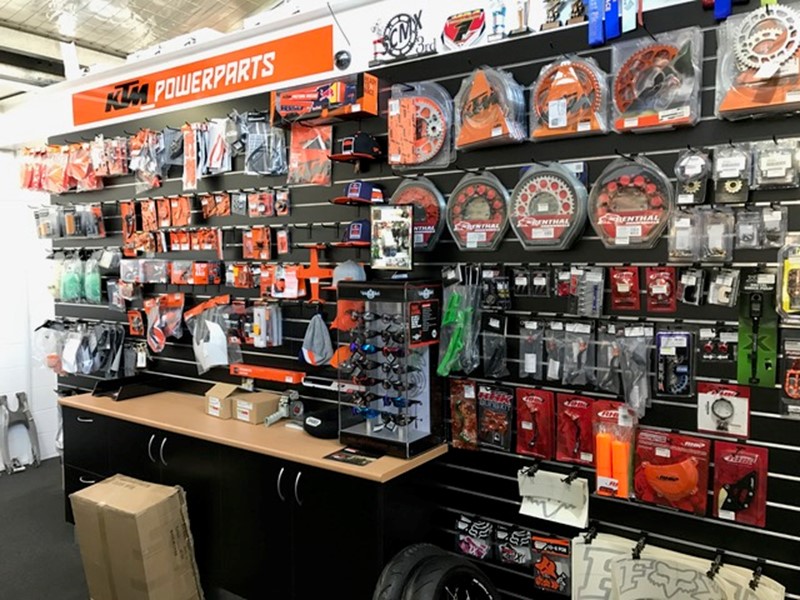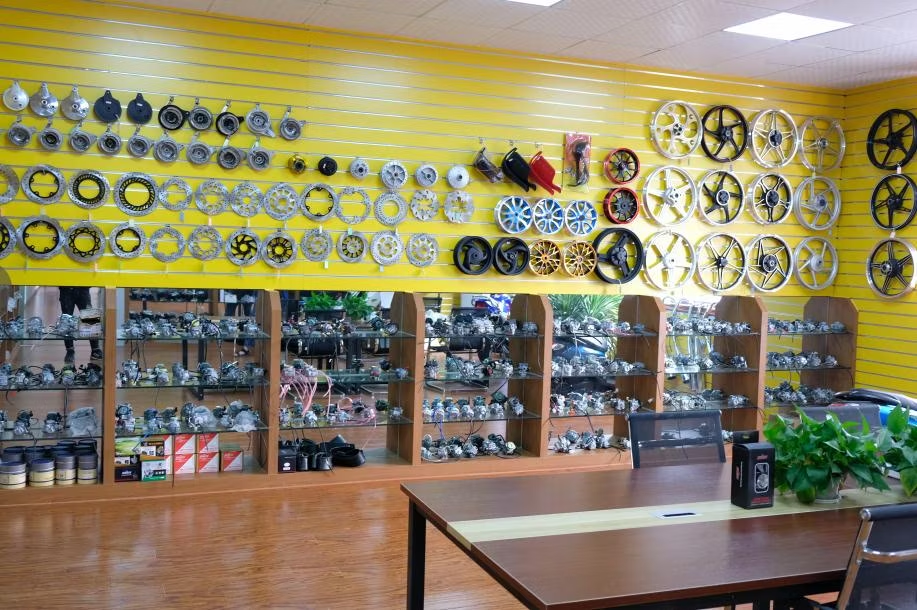Your Go-To Motorbike Shop for Top Quality Parts and Accessories
Your Go-To Motorbike Shop for Top Quality Parts and Accessories
Blog Article
Understanding Bike Gears: Just How to Maximize Your Riding Experience
In the realm of motorcycling, grasping the art of equipment manipulation is crucial for improving your riding efficiency. Appropriately making use of and comprehending bike gears can substantially affect acceleration, control, and gas performance, changing an average experience right into a seamless, electrifying journey.
Comprehending Equipment Mechanics
At the core of bike characteristics, gear mechanics play a pivotal duty in converting engine power right into movement, ultimately dictating rate and control. The equipment proportions, very carefully developed, identify the relationship in between engine changes and wheel turns, affecting acceleration and gas effectiveness.
Comprehending gear technicians begins with acknowledging the importance of the gearbox, which houses numerous gears of varying dimensions. These gears interact via a procedure called meshing, where teeth of different equipments engage to send power. The precision of this communication is important; any imbalance or damage can bring about inefficient power transfer, preventing efficiency. Additionally, the plan and dimension of gears influence the motorbike's capacity to handle different lots and rates.
Moreover, the idea of gear moving is indispensable to maximizing efficiency. Smooth and prompt changes ensure that the engine operates within its optimum power band, preventing unnecessary pressure and enhancing durability (motorcycle shop). By comprehending these mechanical intricacies, cyclists can achieve a harmonious mix of control, efficiency, and power, raising their riding experience
Timing Your Changes
Change timing proficiency is important for enhancing motorbike efficiency and boosting the riding experience. Properly timed shifts guarantee that the engine operates within its ideal power band, which is vital for keeping control, attaining smooth acceleration, and ensuring the longevity of the motorbike. Bikers must develop an intuitive feeling of when to change equipments, which entails recognizing the partnership in between engine changes per min (RPM) and rate.
To grasp change timing, pay very close attention to the engine's noise and feel, as these offer important clues about when to change equipments. The ideal change factor commonly takes place when the engine comes close to the upper range of its power band without reaching the redline. Changing prematurely can result in an absence of power, while moving far too late might cause unneeded engine strain
Additionally, roadway problems and riding design influence change timing. In urban setups, smoother and more constant shifts might be necessary to browse traffic efficiently. On the other hand, during freeway riding, fewer changes at higher rates can be better suited. Exercising in diverse environments will certainly improve your capacity to time shifts exactly, ultimately boosting your riding experience to a professional degree.
Enhancing Fuel Performance
While mastering motorbike equipments is important for efficiency, enhancing fuel performance is equally crucial for both ecological and economic factors. Optimal fuel intake not just decreases functional prices yet also reduces the environmental footprint of riding. To accomplish this, one have to understand the complex partnership in between equipment selection and click to read engine performance.
Riding in a higher gear at lower speeds can lead to engine lugging, which is detrimental to both fuel economic situation and engine wellness. Alternatively, riding in reduced equipments at high rates results in unneeded fuel consumption.
Additionally, regular upkeep plays a crucial duty in gas effectiveness. Guaranteeing that the motorcycle is well-tuned, with tidy air filters and effectively pumped up tires, can minimize and enhance aerodynamics gas waste. Furthermore, taking on a riding style that embraces steady acceleration and smooth deceleration can add to much better gas economic climate.

Strategies for Smooth Transitions
Accomplishing smooth gear changes is basic to improving the riding experience and ensuring the long life of a bike's transmission system. Proper equipment moving not just adds to a seamless ride yet likewise lessens wear and tear on the mechanical parts. To grasp the art of smooth transitions, cyclists need to focus on a couple of essential strategies.

Second of all, clutch control plays a pivotal function. Engaging and disengaging the clutch efficiently calls for practice. The clutch bar ought to be launched progressively, permitting a seamless transfer of power from the engine to the wheels without creating a jolt or abrupt movement.

Adapting to Road Problems
Navigating diverse roadway problems is a vital skill for any kind of motorcyclist intending to keep control and security. Whether you're riding on damp surfaces, crushed rock roads, or navigating sharp turns, your ability to adjust your gear use and riding strategy is vital. Recognizing just how to readjust your equipments suitably can considerably affect traction and stability, ensuring a safer trip.
In contrast, when riding on crushed rock or uneven surface, reduced equipments are preferable. Reduced equipments supply much better control and allow you to react more promptly to unanticipated modifications in the road surface.
Sharp contours demand precise gear monitoring to stabilize speed and control. Downshifting before entering a curve can help keep energy while ensuring the motorcycle continues to be secure throughout the turn. Constant practice in different conditions improves your capacity to respond and predict to changes in roadway structure and incline.
Verdict
Mastering bike gears significantly enhances the riding experience by enhancing fuel, control, and velocity effectiveness. Adjusting gear selection to different roadway problems, such as making use of higher equipments on damp surface areas and lower equipments on crushed rock, this post additional improves handling and safety.
Understanding deerskin motorcycle gloves gear mechanics starts with acknowledging the significance of the transmission, which houses numerous equipments of varying sizes. These equipments communicate with a process known as meshing, where teeth of various gears involve to transfer power (moto parts nz). Gentle changes to the throttle throughout equipment changes can protect against jerky movements and maintain a regular riding rate
Whether you're riding on damp surface areas, crushed rock roadways, or browsing sharp turns, your ability to adjust your equipment use and riding strategy is vital. Adjusting equipment choice to numerous road problems, such as making use of higher equipments on damp surface areas and reduced gears on gravel, additional enhances handling and security.
Report this page